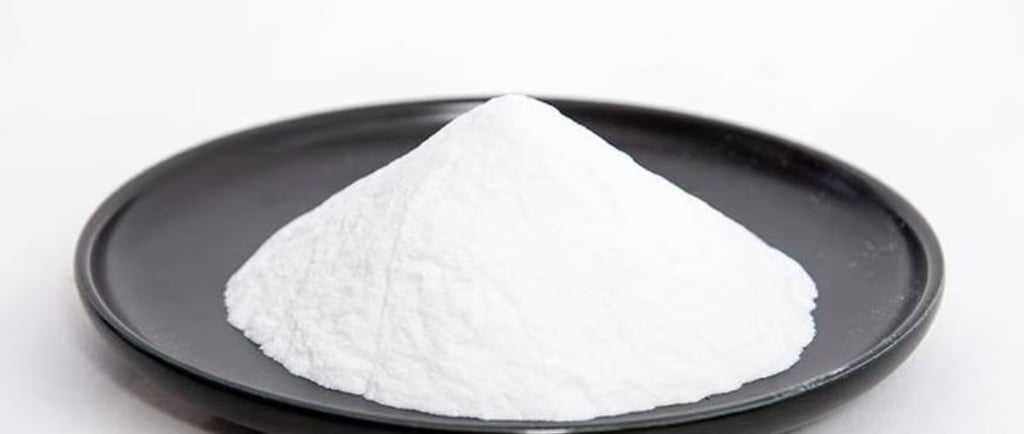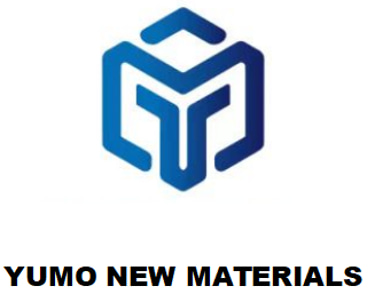HENAN YUMO: Engineered Precision, Uncompromised Performance
Difference Between White Fused Alumina and Brown Fused Alumina
When it comes to industrial abrasives, White Fused Alumina (WFA) and Brown Fused Alumina (BFA) are two of the most widely used materials. Both are derived from aluminum oxide (Al₂O₃), yet they differ significantly in terms of raw material, production method, physical characteristics, and application areas. Understanding these differences can help manufacturers and buyers choose the right material for their specific needs.
8/1/20252 min read


1. Raw Materials and Manufacturing
White Fused Alumina is produced from pure industrial alumina powder, fused in an electric arc furnace at high temperatures above 2000°C. The process removes almost all impurities, especially iron, titanium, and silica. This results in a highly pure, chemically stable abrasive.
Brown Fused Alumina, on the other hand, is made from bauxite, a natural ore containing aluminum oxide, iron oxide, and other minerals. During the smelting process, some impurities remain in the final product, giving it its characteristic brown color and slightly lower purity compared to WFA.
2. Purity and Color
The most noticeable difference is in purity and color. White Fused Alumina typically contains more than 99% Al₂O₃, which makes it bright white and almost free of impurities. It’s especially valued in industries where contamination must be minimized, such as precision grinding, refractory ceramics, and electronics.
Brown Fused Alumina generally has an alumina content between 94% and 97%, with small amounts of iron and titanium oxides. Its brown to reddish-brown color is a result of these trace impurities, which also affect its toughness and heat resistance.
3. Hardness and Toughness
WFA is known for its high hardness (Mohs scale ~9) and sharp, brittle grains, making it ideal for precision grinding, surface preparation, and fine polishing. However, its brittleness means it fractures more easily under heavy pressure, which may not be ideal for aggressive grinding applications.
BFA, while slightly less hard, has better toughness and impact resistance. This makes it well-suited for heavy-duty grinding, blast cleaning, surface preparation of steel, and bonded abrasives where strength and durability are key.
4. Applications
White Fused Alumina is widely used in applications that require high purity, sharp cutting edges, and thermal stability. These include:
Fine abrasives and polishing materials
Engineering ceramics
Precision blasting
Dental and medical tools
High-grade refractories
Brown Fused Alumina, due to its toughness and lower cost, is preferred in:
Heavy-duty grinding wheels
Sandblasting of metals
Refractory bricks and castables
Anti-skid surfaces and coatings
General-purpose abrasive tools
5. Cost Consideration
Because of its higher purity and more complex manufacturing process, White Fused Alumina is typically more expensive than Brown Fused Alumina. For applications where chemical purity and fine performance are critical, the investment in WFA is well justified. However, for cost-sensitive applications where durability and toughness are more important than purity, BFA remains the more economical option.
6. Choosing the Right Material
The decision between White and Brown Fused Alumina ultimately depends on your application’s specific requirements. If you are working with high-precision grinding, non-ferrous metals, or ceramics, WFA offers superior performance. If your focus is on abrasive blasting or high-volume grinding of steel, BFA may be the more efficient and cost-effective choice.
Conclusion
Both White and Brown Fused Alumina have their unique strengths. At Henan Yumo New Materials, we specialize in the production and export of high-quality WFA and BFA, offering a wide range of grit sizes from F12 to F2000 to meet your exact needs.
If you are looking for a reliable supplier of fused alumina materials for abrasives, refractories, or ceramic applications, don’t hesitate to contact us. Let us help you choose the right material for optimal performance and value.
